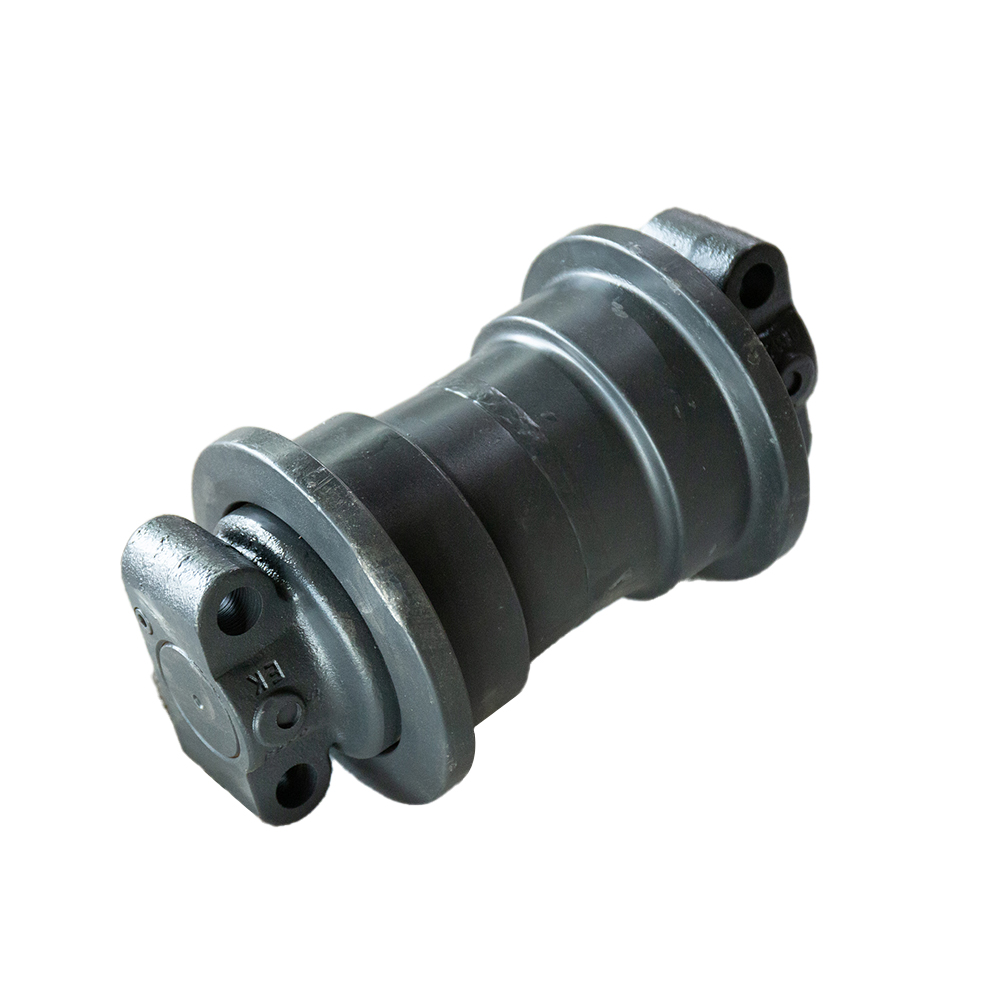An excavator is a kind of engineering machinery and equipment specially used for excavating land, stone and silt. Compared with traditional manual excavation, it has the advantages of high operating efficiency, wide operating range, and low cost. Proper use of an excavator can improve work efficiency and ensure work safety, so it is very important to reasonably understand the names and operating methods of each part of the excavator. This article will introduce in detail the names and correct usage of each part of the excavator.

Names of various parts of the excavator
1. Engine room: The engine room is usually located at the rear of the excavator. It mainly includes the engine, radiator, fuel tank, cooling water tank and other components. The engine room is one of the main components of the excavator. It provides power and energy support to ensure the normal operation of the excavator.
2. Cab: The cab is the control center of the excavator. It is usually located at the front or upper part of the excavator. There are steering wheels, operating levers, instrument panels and other equipment in the cab, which can control the excavator to move forward, backward, turn, dig and other actions. The cab is also responsible for monitoring working conditions such as vehicle speed, hydraulic oil temperature, and engine water temperature.
3. Dipper: The dipstick is the arm of the excavator and is usually connected under the cab. The bucket arm has two types: fixed arm and telescopic arm. It can telescope, rotate and other actions according to work needs. The bucket arm is also equipped with working devices such as buckets, hooks, etc. to facilitate the excavator’s operations.
4. Crawler: The crawler is an important support of the excavator. It usually consists of several toothed chains and can move freely in complex terrain such as mud and stones. The quality and structure of the crawler tracks have an important impact on the working efficiency and service life of the excavator.
5. Chassis: The chassis is the basic part of the excavator. It consists of the frame, crawler tracks, lifting mechanism and other parts. The chassis is also equipped with an independent suspension system, sistem de franare, steering system, etc., which can ensure the stability and safety of the excavator during operation.
6. Hydraulic system: The hydraulic system is an important part of the excavator. It includes the main pump, hydraulic cylinder, distribution valve, fuel tank, oil pipe and other parts. The hydraulic system is the power source that realizes the movement of various parts of the excavator. Its performance directly affects the working efficiency and stability of the excavator.
7. Găleată: The bucket is one of the working devices of the excavator. It is usually connected to the bottom of the bucket rod and consists of shovel teeth and a claw frame. Buckets can be selected in different specifications according to different requirements of the job, and are used to clean land, stones and other materials.
8. Role de transport: also known as conveyor rollers, are wheeled components used in conveyor systems to move objects and materials along the conveyor belt or rails.
9. Role de șenile: are wheel components used in track-type vehicles like bulldozers, excavatoare, and military tanks.
10. A janta pinionului: is the circular disc or wheel component of a sprocket onto which the sprocket teeth are machined or attached.
The correct use of the excavator
The correct use of the excavator can greatly improve the working efficiency of the excavator and reduce work risks. The following is the correct way to use an excavator:
1. Make preliminary preparations. Before using the excavator, check whether all parts are normal, especially the hydraulic system, fuel tank, tires and tracks to ensure that the vehicle can start and operate normally.
2. Accurately master operating skills. Excavator operating skills require certain experience and skills, especially operating devices such as operating rods and buckets, which require fine adjustments. Engine speed should be controlled during operation to ensure the safety and overall efficiency of the excavator.
3. Select the appropriate working site and method. The selection of the excavator’s working site needs to take into account the topography, landforms and materials. Features, choose the appropriate excavator model and operating method to ensure operating efficiency and safety. Especially when using an excavator in a narrow site, you need to be careful to prevent accidents.
4. Monitor the working conditions of the excavator. When using an excavator, it is necessary to closely monitor the working conditions of the excavator, including hydraulic oil temperature, engine operating temperature, vehicle speed and other parameters. Abnormal situations, such as hydraulic system failures, mechanical failures, etc., must be handled promptly to avoid damaging equipment or affecting work efficiency.
5. Do a good job in maintenance. The correct method of using an excavator also includes the maintenance of the excavator, such as regular replacement of lubricating oil and hydraulic oil, and cleaning and inspection of mechanical parts. Maintenance can not only extend the service life of the excavator, but also improve its working efficiency and stability.
Conclusion as an efficient and modern mechanical equipment
Excavators can be widely used in various fields such as civil engineering and mining. Correctly mastering the names and operating methods of each part of the excavator can improve work efficiency and ensure work safety. When using an excavator, attention should be paid to vehicle maintenance, operating skills, working sites, and monitoring work to ensure the normal operation and service life of the excavator.